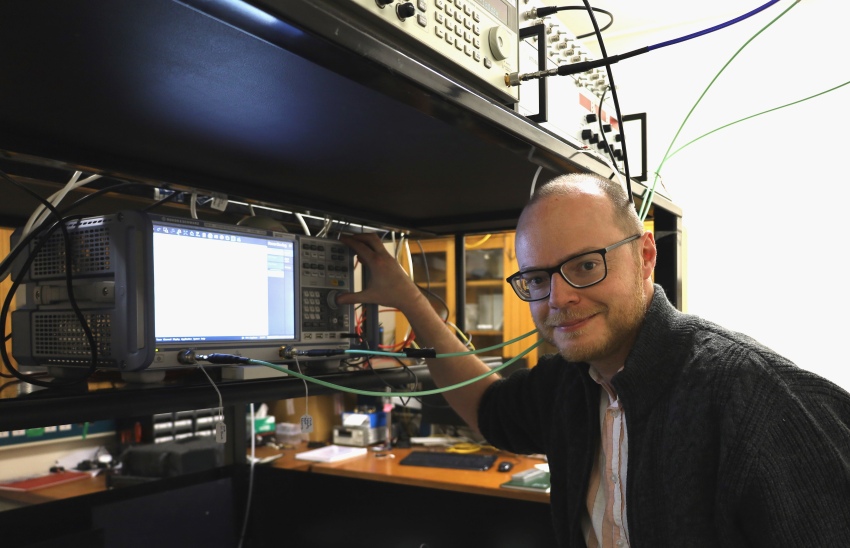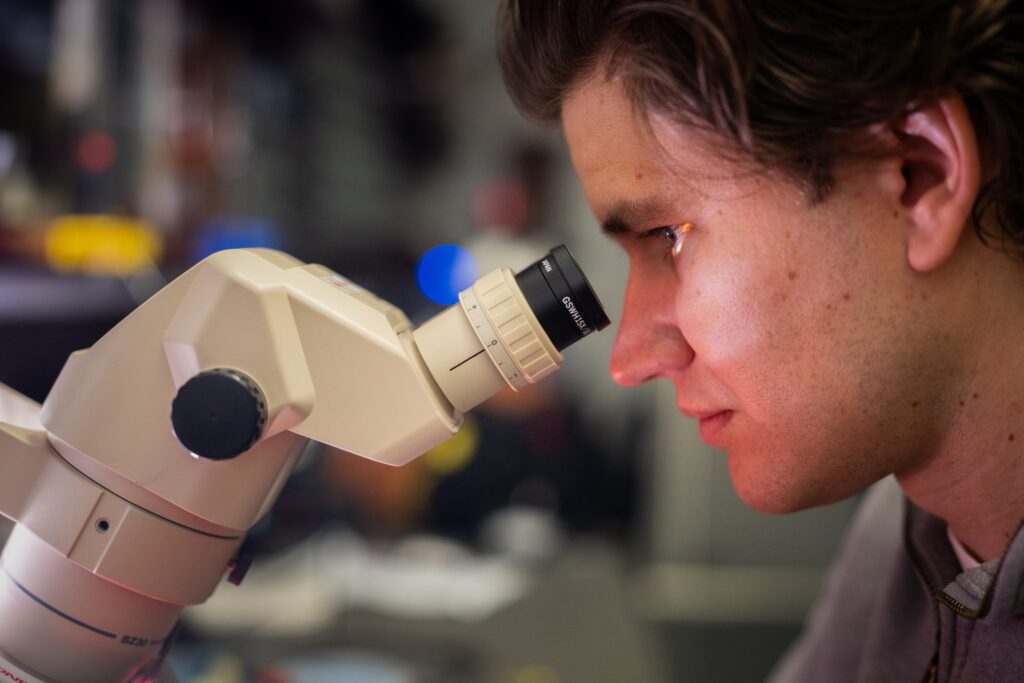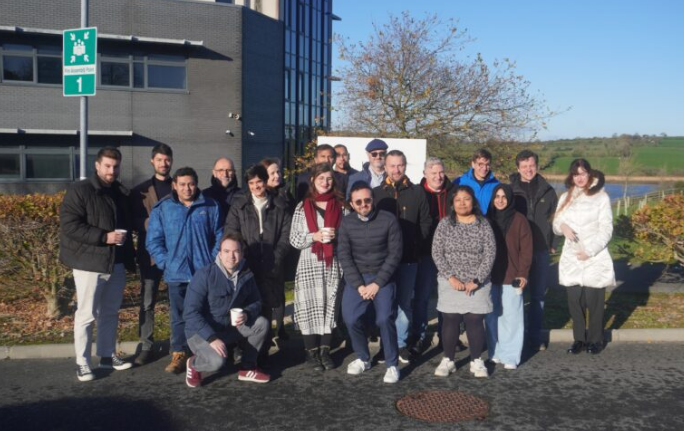Insider Brief
- Researchers at Te Whai Ao — Dodd-Walls Centre and the University of Otago, in collaboration with the Vienna University of Technology, have developed a new method for controlling hybrid systems, published in Nature Physics.
- The study demonstrates how energy loss in cavity magnonic systems can be used as a tool for coherent control, enabling manipulation of magnon-polaritons for potential applications in quantum computing, sensing, and networks.
- The team, led by Dr. Nicholas Lambert, plans to extend the technique to the quantum regime, offering a new platform to prepare quantum states and investigate hybridized systems.
PRESS RELEASE — A recent publication in Nature Physics by researchers at Te Whai Ao — Dodd-Walls Centre for photonic and quantum technologies and the University of Otago has introduced a new method for controlling hybrid systems.
Together with the Vienna University of Technology, they’ve created a novel technique that could be applied to quantum computing and quantum sensing.
The study was conceived and led by Dr. Nicholas Lambert, working with Associate Professor Jevon Longdell and Professor Harald Schwefel. In the paper, entitled “Coherent control of magnon-polaritons using an exceptional point” the team studied a cavity magnonic system, in which the excitations of a magnetic material are coupled to photons at microwave frequencies. In such systems, a loss of energy is usually regarded as a negative; in this work, energy loss is shown to be a powerful tool for system control.

A magnon-polariton is a hybrid particle formed by the coupling of a magnon (a quantum of magnetic excitation) and a photon (a particle of light). This coupling results in a new state of matter that inherits properties from both magnons and photons and allows the system to be fine-tuned for a number of applications in quantum technologies. Cavity magnon-polaritons have also received attention for potential applications in quantum networks due to their unique properties and tunability.
Dr Lambert says this form of coherent control provides a new tool to prepare a quantum state, which is essential for quantum computing amongst other applications.
“The highly controllable nature of our hybrid platform provides a new avenue for exploring the intriguing dynamic properties of coupled systems,“ he says.
As well as being a powerful tool to investigate the physics of energy loss and gain, the novel platform offers a way to manipulate hybridised states in a variety of systems. The next step for the researchers is to extend their techniques to the quantum regime.

















